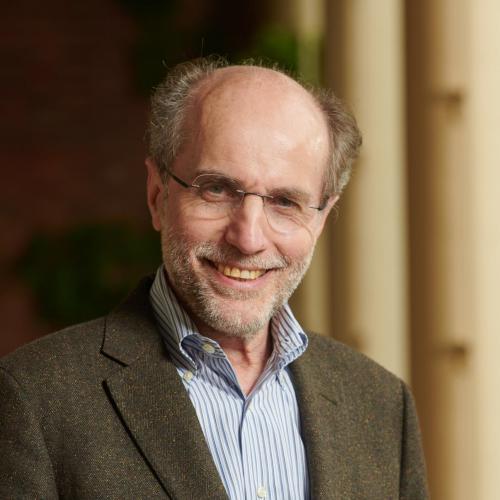
Special Seminar in Molecular and Cellular Neuroscience
Abstract
The Intracellular World of Neurons: Organelle Contact Sites, Lipid Dynamics and Neurodegeneration
Bio
A native of Italy, De Camilli studied at the Liceo Manzoni in Milan, earned his M.D. degree from the University of Milano in 1972 and obtained a postgraduate degree in medical endocrinology from the University of Pavia in Italy. He was a postdoctoral fellow (1978-79) with Paul Greengard in the Department of Pharmacology at Yale, and subsequently an assistant professor in the Yale Section of Cell Biology. Following a return of a few years to Milan, he moved back to Yale in the late 1980s, where he is now John Klingenstein Professor of Neuroscience. He became an Investigator in the Howard Hughes Medical Institute in 1992. From 1997 to 2000 he served as Chair of the Department of Cell Biology and since 2005 he is Founding Director of the Yale Program in Cellular Neuroscience, Neurodegeneration and Repair. Currently, he serves as Chair of the Department of Neuroscience and Director of the Kavli Institute for Neuroscience.
The De Camilli lab is interested in the cell biology of neuronal synapses. His studies on synaptic vesicle dynamics have contributed to the general fields of exocytosis and endocytosis. His research has provided insight into mechanisms of membrane fission and has revealed ways through which membrane-associated proteins can generate, sense and stabilize lipid bilayer curvature. His discovery and characterization of the role of phosphoinositide metabolism in the control of endocytosis have broad implications in the fields of phospholipid signaling and of membrane traffic. Building on this work, he has recently become interested in the role of membrane contact sites in the control of the homeostasis of bilayer lipids. His studies of synapses have also contributed to the elucidation of pathogenetic mechanisms of human diseases.